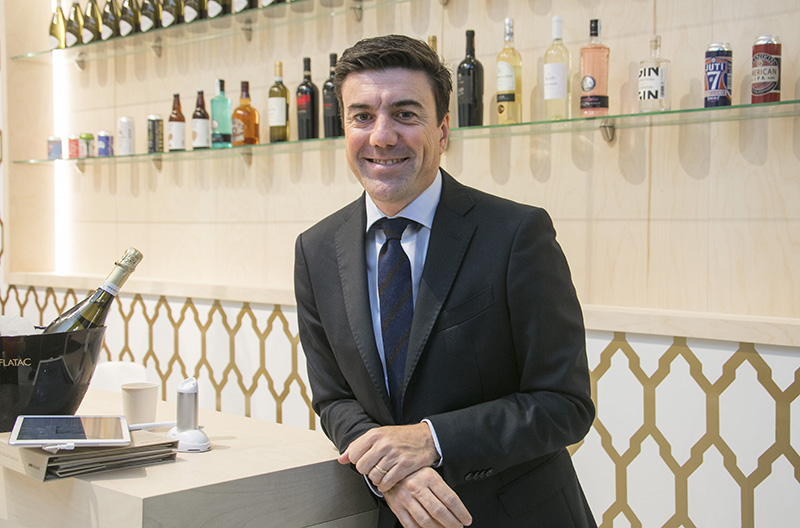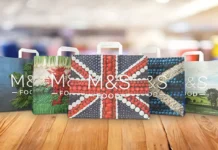Stefano Pistoni, senior business development manager of wine, spirits & beverage at UPM Raflatac, discusses how the firm is working with alcoholic beverage companies to improve packaging sustainability through labelling
Recyclable packaging – no longer a ‘nice-to-have’
Today, packaging recyclability is not just a nice-to-have; it is an essential part of sustainable packaging. Governments and organisations alike are taking action and setting ambitious recycling targets that significantly impact companies. Extended Producer Responsibility (EPR) is also becoming a reality, as can be seen with the introduction of The Packaging Waste (Data Reporting) (Scotland) Regulations 2023, that will help make Scotland’s EPR strategy a reality in 2024.
To meet growing sustainability expectations from both their consumers and investors, major brands of the alcoholic industry have set ambitious ESG targets over recent years, that require both collaboration and creativity on the part of the packaging industry. And although labels might seem like a small part of the packaging puzzle, they are invaluable tools in promoting recyclability and circularity.
More than just a label
With many brands removing all the extra packaging, including the secondary packaging that helps to promote the product and provides additional space for key product messaging, labels have an even bigger role to play. Also, even if the beverage packaging material chosen is highly recyclable, label choice can have a big impact on its overall recyclability.
The wrong label material can result in lower quality of recyclate and downcycling of valuable raw materials. Therefore, wash-off and other label solutions, that are compatible with recycling, can help brands resolve the issue, as they do not strain the recycling process.
When it comes to label choice, our Digital Label Material Swatchbook has been proving popular with wine, spirits and beverage packaging designers. It enables them to select the label material based on criteria such as ‘recycled’, ‘under-laminated’ etc. and has a high-resolution texture download function, so that a realistic label design can be created quickly and easily in the desired material.
Making the switch
As part of their sustainability targets, many beverage manufacturers are looking to switch to sustainable label materials. To this end, we have been working to offer more sustainable labelling solutions by developing our sustainable product portfolio. This now includes SmartChoice label materials that reduce material usage while also promoting the use of post-consumer recycled content and renewable materials, RAFNXT+ – an externally verified lower carbon alternative to traditional self-adhesive labelling materials and Ocean Action – the world’s first certified label material made from chemically recycled ocean bound plastic through a mass balance approach.
Closing the loop
The future of packaging is circular, and labels have a key role to play in this. They have the power to promote circularity in three ways: by enabling packaging recycling, promoting package reuse, and encouraging efficient recycling of label waste, which then allows label materials to stay in the loop. Harnessing all of these opportunities has been made possible through our sustainable SmartCircle solutions that enable the recyclability and reuse of packaging, as well as our RafCycle recycling service for label release liner.
It is important for alcoholic beverage brands to ‘stand out’ on a shelf in such a highly competitive market but this should not be at the cost of packaging sustainability. With the increasing availability of recycling compatible label materials, drinks producers now have more choice than ever before when it comes to choosing more sustainable alternatives. Here at UPM Raflatac we have been working hard to ensure that producers don’t have to choose between sustainability or functionality and the result is a series of label ranges that will stand the test of time.














